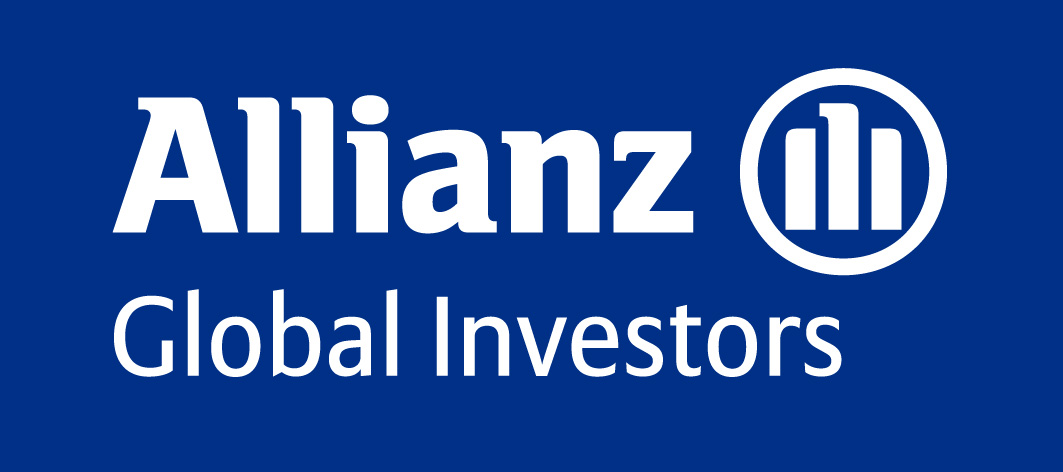 (Reuters) – China’s official factory purchasing managers’ index fell to an eight-month low of 50.1 in July, suggesting the sector is barely growing, while a rival HSBC survey indicated the more market-sensitive private sector is starting to recover.
(Reuters) – China’s official factory purchasing managers’ index fell to an eight-month low of 50.1 in July, suggesting the sector is barely growing, while a rival HSBC survey indicated the more market-sensitive private sector is starting to recover.
The HSBC PMI rose to a seasonally adjusted 49.3, its highest level since February and little changed from a flash, or preliminary, estimate of 49.5.
With both PMI readings around 50 — a threshold dividing expansion from contraction — the surveys signal that the private and state-backed parts of China’s vast factory sector are stabilizing – albeit at a relatively low level of growth.
“It is clear that the manufacturing sector is doing very poorly, and requires policy support,” Dariusz Kowalczyk, senior economist at Credit Agricole-CIB in Hong Kong said.
“However, we want to highlight the fact that such levels of sentiment are still consistent with positive growth of industrial output,” he wrote in a note to clients.
Indeed, both the official PMI and the HSBC version showed factory output at 50 or above. Government data showed industrial output in June rose 9.5 percent from a year earlier.
The pullback in the official PMI undermined Asian shares, which were already under pressure from fading hopes of fresh stimulus measures this week from the U.S. Federal Reserve or the European Central Bank.
Markets trimmed some losses after the HSBC survey was released.
The surveys back the view that the bottom of China’s slowdown in economic growth was probably in the second quarter of 2012 with a mild rebound set to begin in the third quarter.
China’s top leaders, President Hu Jintao and Premier Wen Jiabao, promised to step up policy “fine tuning” in the second half of the year to support the economy, the official Xinhua news agency reported on Tuesday.
“The low point will likely be pushed to the third quarter, although that depends on the policy response,” analyst Zhou Xizhen of Citic Securities in Beijing said.
A Reuters poll in July showed most analysts believe the slowdown bottomed out in the second quarter. The poll forecast 2012 growth would be 8 percent.
The official PMI had been expected by economists to rise to 50.3 from 50.2 in June, rather than fall to its lowest level since 49.0 in November.
“The index shows China’s current economy is hitting a bottom and will continue its stabilizing trend in the following months,” the China Federation of Logistics and Purchasing (CFLP) said in a statement accompanying the official index.
“But current demand is still relatively weak, and the downward pressure from oversupply has not been eliminated.”
GIANTS UNDER PRESSURE
Larger firms, which tend to be less sensitive to short-term market movements than their smaller counterparts, are under pressure from rising inventories.
The debt-laden steel sector is lobbying for export rebates to offset a domestic supply glut and plunging profits, the China Iron and Steel Association said on Tuesday.
“The slight increase in stocks of purchases sub-index and further drop in sub-index for stocks of goods show adjustment of stocks is drawing to an end,” wrote Zhang Liqun, a researcher with the Development Research Centre of the State Council, referring to the official PMI figures.
“We expect the growth of market demand will steadily increase as the pro-growth policies gain traction. The decrease in firms’ orders may be arrested and the economic growth will be stable and improved.”
Continuing the dichotomy, the official survey showed that new orders, including new export orders, contracted more deeply in July than in June. The new export orders index plunged to 46.6 points.
That “bodes ill for exports as there is a solid correlation between the two,” said Kowalczyk of Credit Agricole.
But the HSBC survey showed both improved in July, even though they remained below 50 to suggest they were still falling.
Some analysts ascribed the improvement to policy responses, including accelerated government approvals for new projects, but noted the overall impact had been muted by the pressures evident on the economy.
“Dollar-for-dollar, the current stimulus will lack the punch of 2009-2010’s. Industrial profitability is bad, balance sheets are stressed, the banking sector is feeling the impact of a debt build-up, and capital continues to flee the country,” wrote IHS Global economist Ren Xianfeng.
The HSBC survey showed factories had shed workers, with an employment sub-index falling to its lowest level in nearly three and a half years.
“Anecdotal evidence provided by survey respondents suggested that job shedding reflected fewer intakes of new orders. There were also reports of employee retirements and company downsizing,” said Markit Economics, which compiles the survey.
Chinese policymakers are particularly twitchy about jobs, fearing that unemployed workers could take to the streets and add to social tensions in a year when politicians want stability to help smooth the way for a new generation of Communist Party leaders that are due to take over the reins.
To prevent a credit squeeze on property developers and weak overseas demand from denting growth too much, Beijing has lowered interest rates twice and reduced banks’ reserve requirement ratio three times since November. Investors expect to see more, though few anticipate a full-blown fiscal stimulus package in the manner of 2008.
The Reuters poll in July showed analysts expected China to lower banks’ reserve requirements by another 100 basis points this year to 19 percent for its biggest banks.
(Editing by Neil Fullick)



